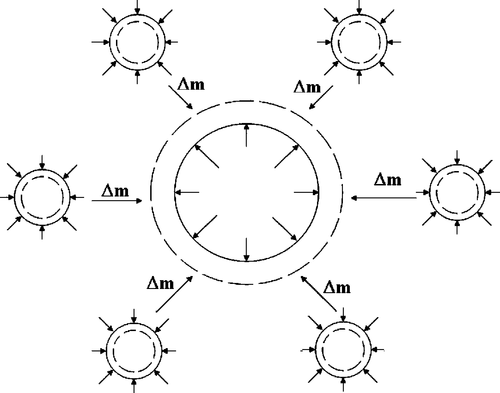Modeling of Formation of Nanoparticles in Reverse Micellar Systems: Ostwald Ripening of Silver Halide Particles

BibTeX
There are many possible size enhancement processes that affect the formation of nanoparticles in reverse micelles, such as coagulation and Ostwald ripening, and different physical systems are likely to follow one or more of these mechanisms depending upon the properties of the system. It has been suggested that silver halide particles, prepared from a reverse micellar system of AgNO3 and KCl in NP-6/cyclohexane solution, increase in size due to Ostwald ripening (Kimijima, K.; Sugimoto, T. J. Phys. Chem. B2004, 108, 3735), which occurs due to the dependence of the solubility of the particles on the particle size so that the larger particles grow at the expense of smaller particles. This study provides a modeling framework to quantitatively analyze the ripening process of nanoparticles produced in reverse micellar systems.

